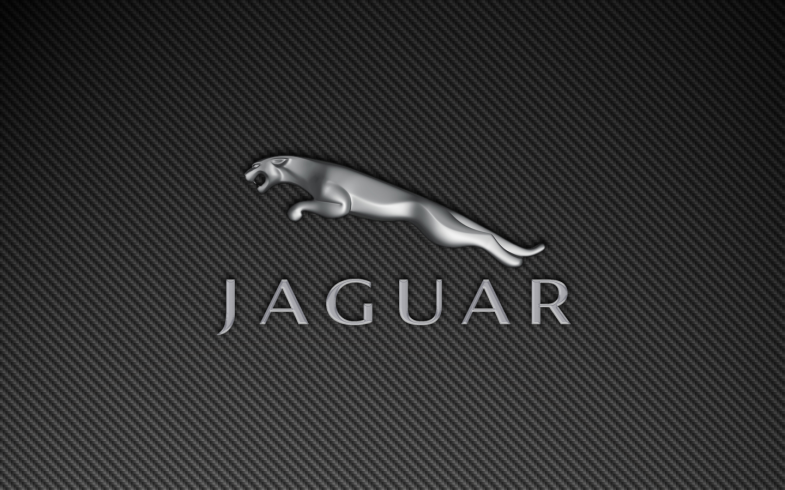
| Home | Ferrari | Lamborghini | Porsche | Jaguar | Bugatti |

| Home | Ferrari | Lamborghini | Porsche | Jaguar | Bugatti |

As a 20-year-old motorcycle enthusiast in England, William Lyons launched the Swallow Sidecar Company with a friend, William Walmsley, in 1922. Five years later, Swallow was fashioning bodies for chassis built by Austin, Fiat, and others. By 1931, the Coventry-based company had joined with nearby chassis builder Standard Motor Company to build the SS1, for "Standard-Swallow." The first car to bear the name Jaguar appeared at the 1935 London auto show: the SS Jaguar 100. The "SS" already had bad connotations in the U.K., thanks to the Nazis in Germany, and the letters would soon be dropped from the company name.
During WWII, Jaguar returned to building sidecars, but this time for the military. After the war, the company debuted its first sports car, the XK 120, at the 1948 auto show in Earls Court. Lyons originally intended to build only 200 of the cars, but demand for the striking body with a top speed of 120 mph was too great, and he geared up the Coventry line for mass production. In 1953, a drophead coupe version was added to the lineup. Jaguar followed the success of the XK 120 with its C-type, or competition type, cars of the 1950s. The underpinnings were based on the 120, but the bodies were all-new and aerodynamic. The car debuted in the 1951 24 Hours of Le Mans race--and won, with Stirling Moss at the wheel. Altogether, there were only 54 C-types ever built. While most automotive histories involve companies being at the mercy of creditors and buyers, in 1960, Lyons bought Daimler. In 1961, he bought truck manufacturer Guy Motors, and in 1963, he bought Coventry-Climax, maker of race engines and forklifts. In its own factories, Jag had created the iconic, long-nosed E-type, which debuted in 1961. In 1966, Lyons announced that Jaguar would merge with British Motor Corporation, though he would stay on as a consultant. In 1968, the 4.2-liter Series 2 debuted, followed by the ill-conceived V12 Series 3 E-type of 1971.
Mars often appears reddish due to a combination of the fact that its surface is comprised of iron-rich minerals that essentially rust (or oxidize) and that the dust made of these minerals is kicked up into the atmosphere, giving the atmosphere a reddish hue as well.
The idea of staunchly British Jaguar having a foreign owner was inconceivable--unless you were the head of Jaguar and knew the company needed resources for new models. Enter Ford Motor Company with $2.56 billion in 1990. The company used the cash to modernize and expand its facilities, and to produce XKR and XK8 sports coupes. It also brought the much anticipated XJ 220 prototype to market in 1992--to nearly worldwide disappointment. The 6.2-liter V12 had been downgraded to a 3.5-liter V6, and the all-wheel drive was swapped for more conventional rear-wheel drive. The car wasn't even legal to own in the U.S.

Jaguar continues to build X-type cars, both sedans and coupes, with a sporting heritage. The latest lineup includes the XJ, XK, and XF, all of which seem to share something with owner Ford and stablemate Volvo. Not for long, though--in 2008, Jaguar was sold once again, thanks to the auto industry's fall from great heights. In a neat twist on history, Jaguar (along with Land Rover) is owned by Tata Motors, based in the former British colony of India.
Originating as the Swallow Sidecar Company in the year 1922, the company used to make sidecars for motorbikes before they forayed into the production of automobiles.
 Next
Next